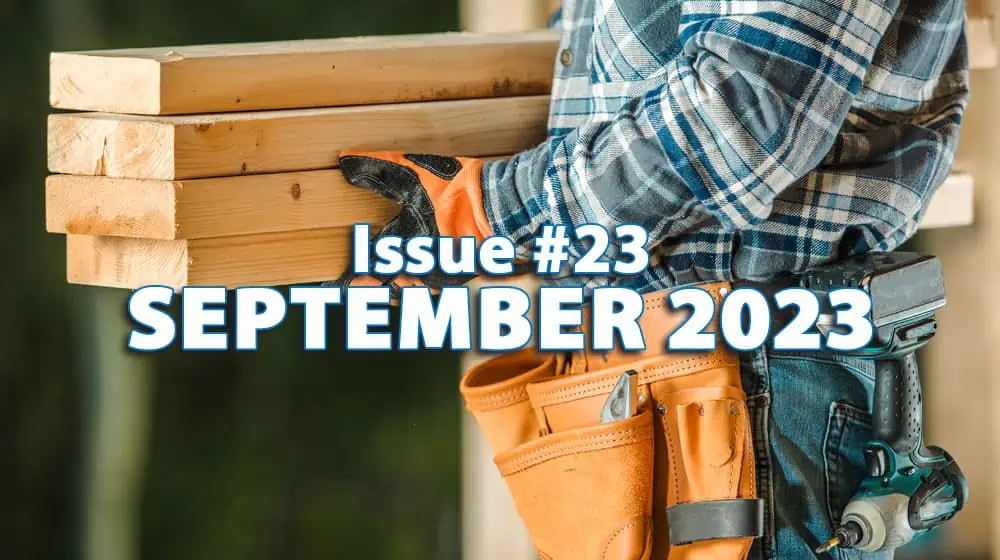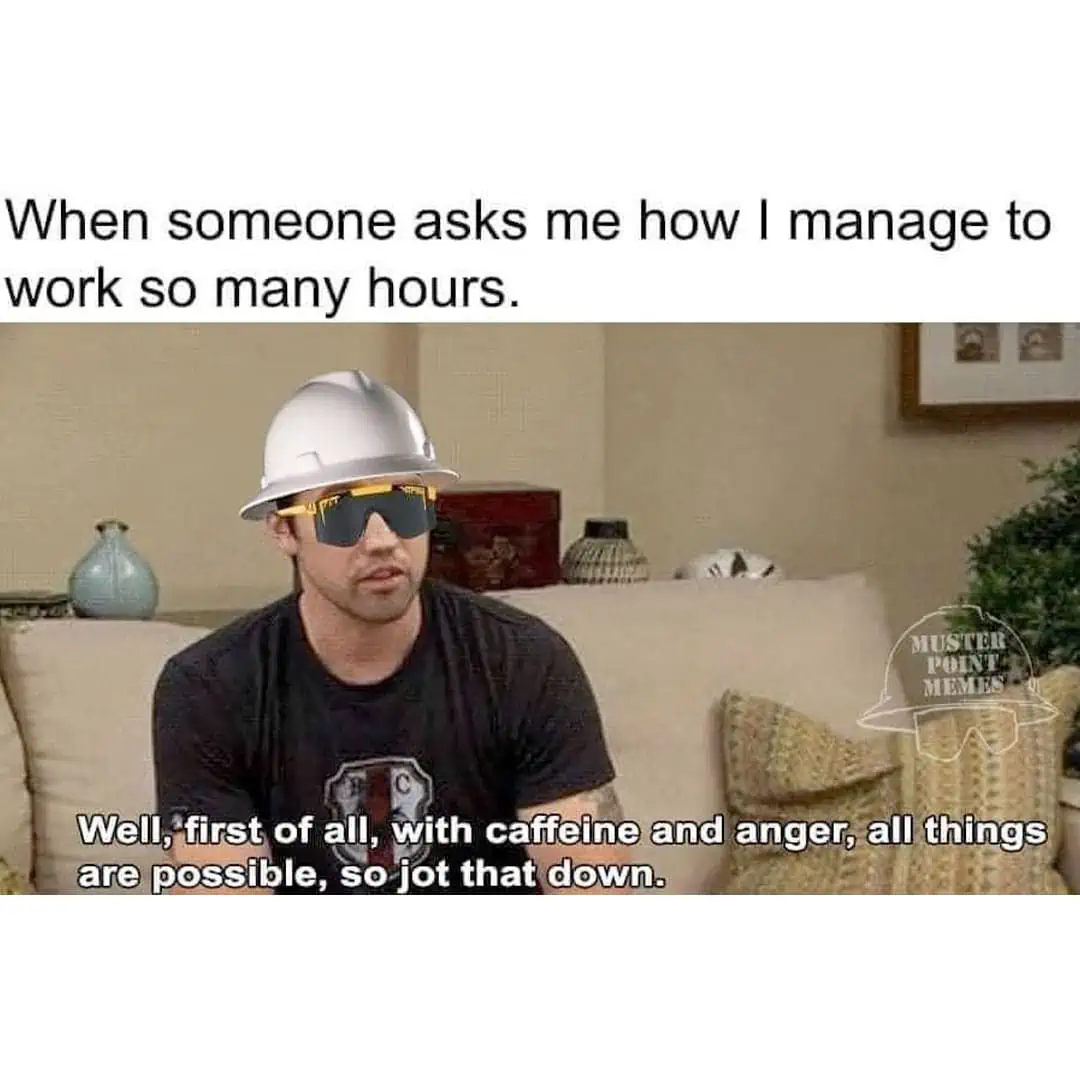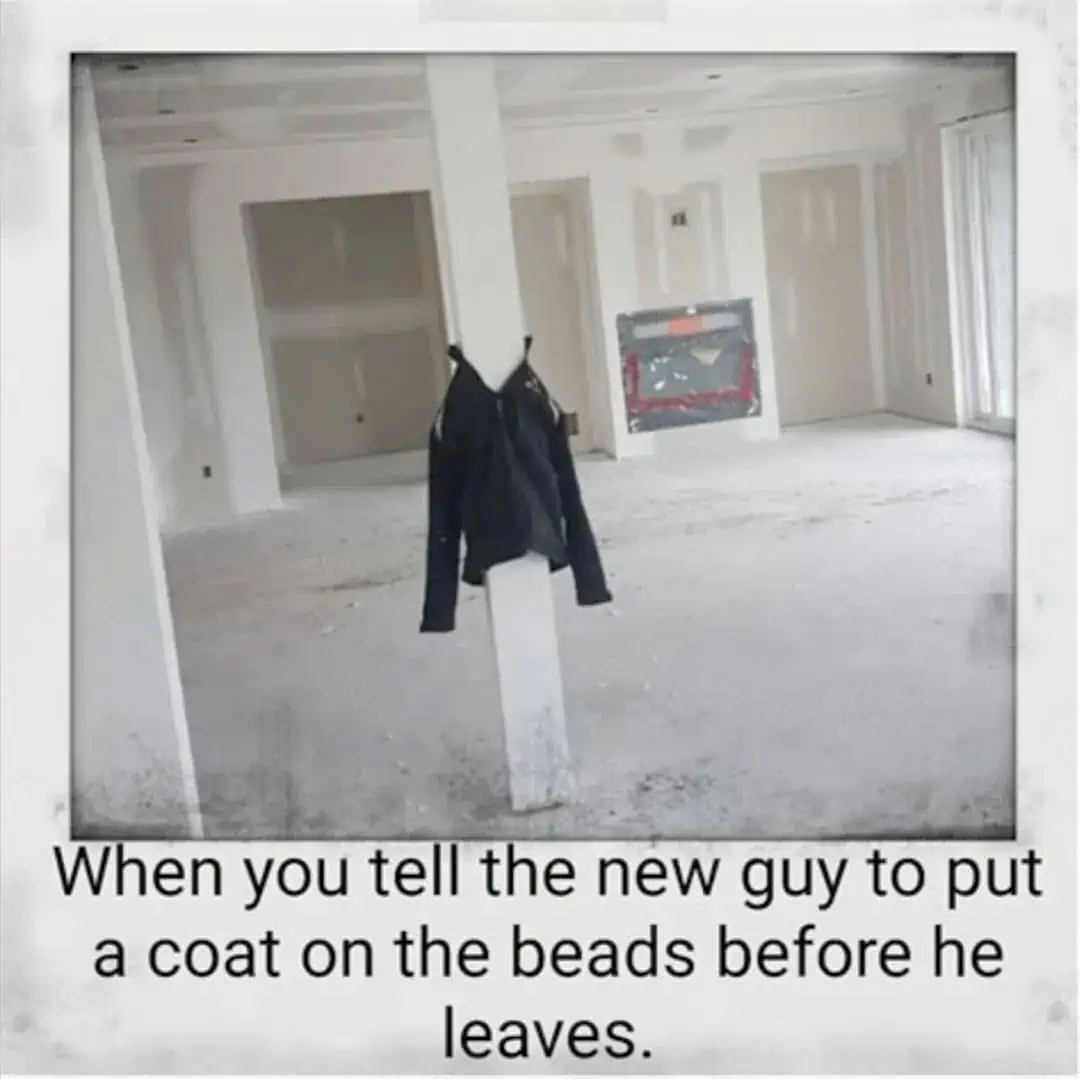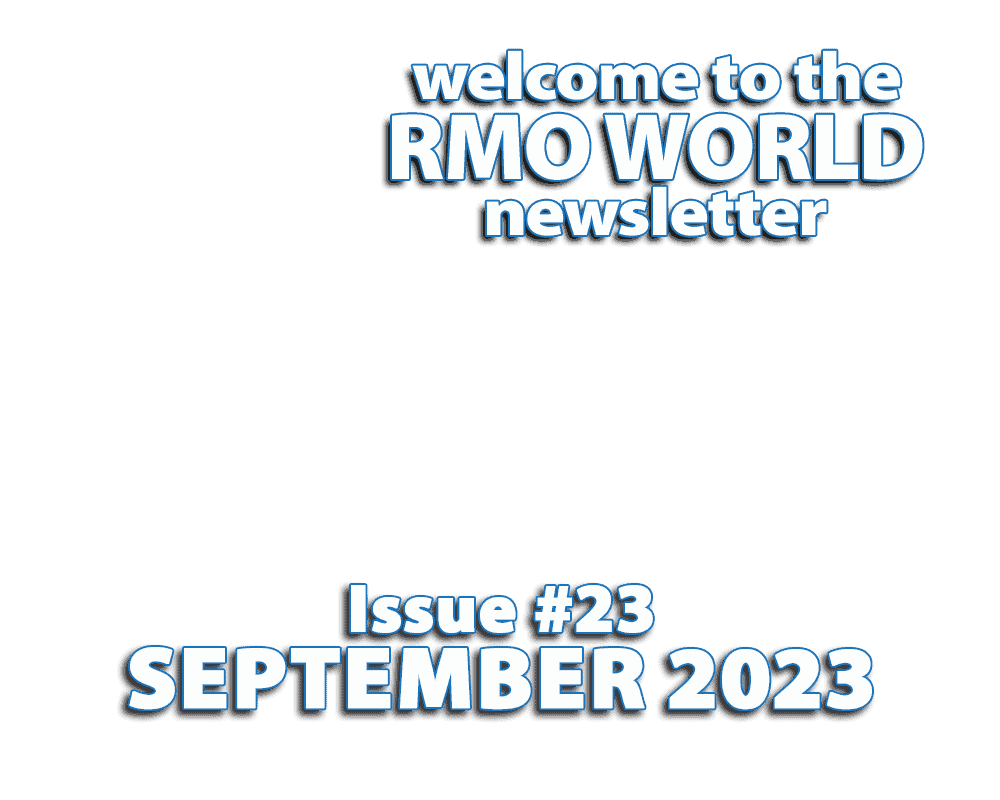

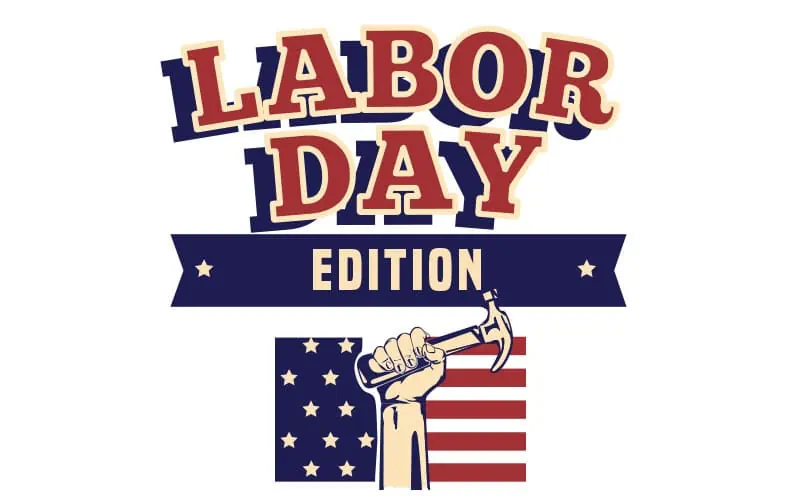
Featured in this edition:
- Expand Your Business… Without a Test!
- Brief History of Labor Day
- Interesting Architecture
- California Construction
- Refer A Friend & Get Paid
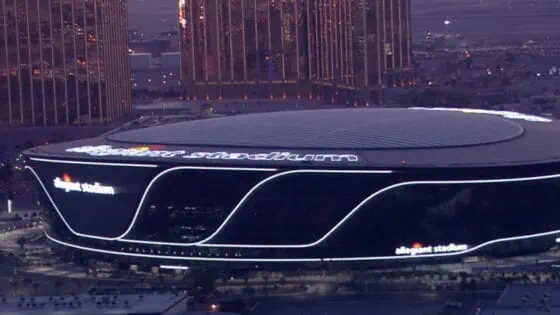
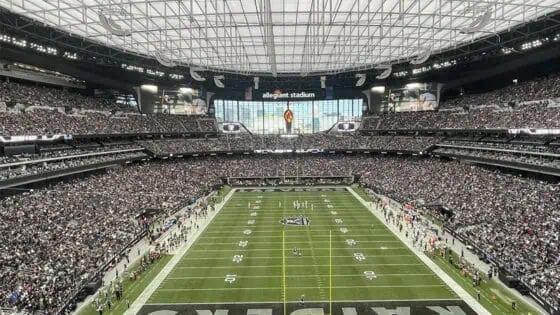
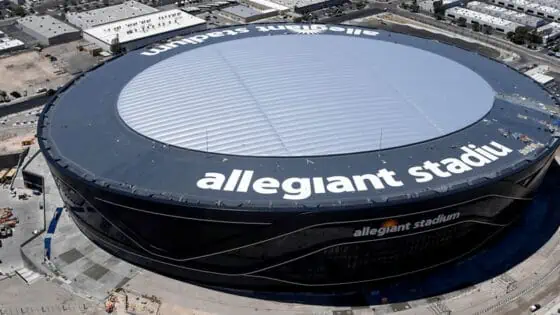
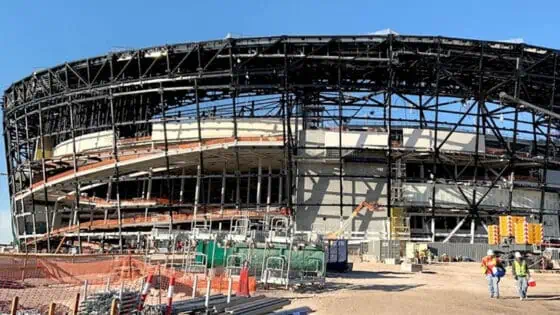
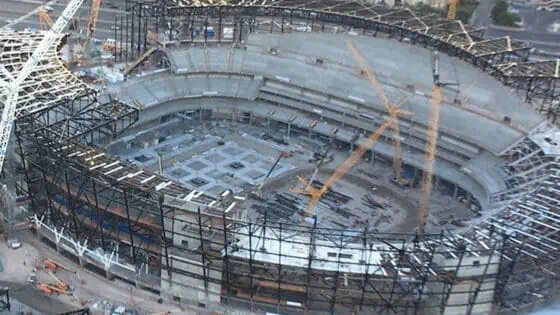

If you already have an active construction business, that’s a great start! We wanted to remind you that RMO Agency can also help you expand your business by adding a new license classification, so you can take on a larger variety of projects.
Are you a specialty contractor and wanted to take on general construction work? We have plenty of ‘B – General Contractor’ RMOs available throughout the State of California, and will be happy to assist! No test required!
Adding a classification is a simple process and requires no test when you use an RMO with RMO Agency! We introduce you to an RMO with the new classification you need, assist with the paperwork to add the classification to your existing license, and continue to support you for as long as you work with the RMO we introduced you to!
The CSLB process is much faster when approving additional classifications to existing licenses than reviewing applications for new licenses, so this is a great way to expand your business quickly.
As always, the RMO Agency team is here every step of the way to support your business licensing needs. We provide all the tools for you to stay compliant and guide you through anything that might be a challenge as you build or expand your construction business. We are your one stop shop for licensing needs and we’ve been doing this since 2006, so by now we know the ins and outs of construction licensing and are happy to share our knowledge and experience with you!
If you’ve been thinking of expanding your business, this is the time to take the first step. Please contact us to find out if we have an available RMO in your area to get the process rolling! Call (800) 818-4962 ext. 101 or email hello@rmoagency.com
A Brief History of Labor Day
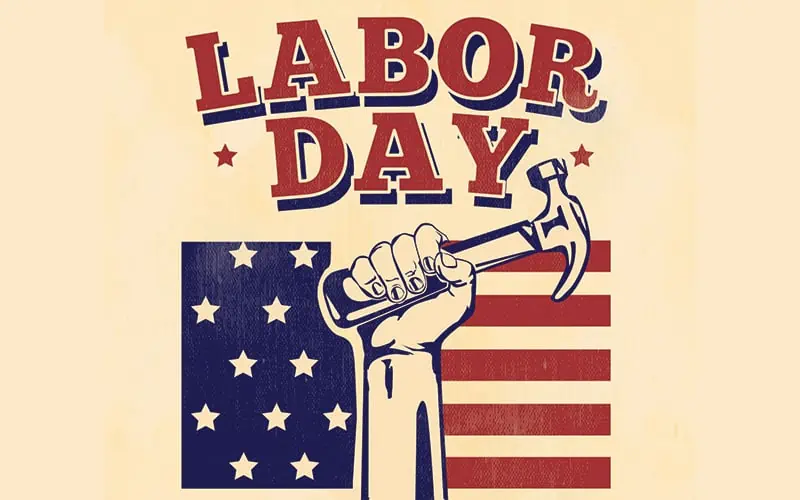
- The first Labor Day parade took place in New York City in 1882.
- Labor Day was declared a national holiday in 1894 and is observed on the first Monday in September.
- The roots of Labor Day grew out of violent clashes between labor and police during the Haymarket Riot in 1886, when thousands of workers in Chicago took to the streets to demand an eight-hour workday.
- Today, Labor Day weekend marks the unofficial end of summer, but worker-oriented Labor Day parades and festivities are still part of the federal holiday.
Labor Day, an annual celebration of workers and their achievements, originated during one of American labor history’s most dismal chapters.
In the late 1800s, at the height of the Industrial Revolution in the United States, the average American worked 12-hour days and seven-day weeks in order to eke out a basic living. Despite restrictions in some states, children as young as 5 or 6 toiled in mills, factories and mines across the country, earning a fraction of their adult counterparts’ wages.
Workers began organizing strikes and rallies to protest poor conditions and compel employers to renegotiate hours and pay.
Many of these events turned violent during this period, including the infamous Haymarket Riot of 1886, in which several Chicago policemen and workers were killed. Others gave rise to longstanding traditions: On September 5, 1882, 10,000 workers took unpaid time off to march from City Hall to Union Square in New York City, holding the first Labor Day parade in U.S. history.
The idea of a “workingmen’s holiday,” celebrated on the first Monday in September, caught on in other industrial centers across the country, and many states passed legislation recognizing it. Congress would not legalize the holiday until 12 years later, when a watershed moment in American labor history brought workers’ rights squarely into the public’s view.
In the wake of this massive unrest and in an attempt to repair ties with American workers, Congress passed an act making Labor Day a legal holiday in the District of Columbia and the territories. On June 28, 1894, President Grover Cleveland signed it into law. More than a century later, the true founder of Labor Day has yet to be identified.
Many credit Peter J. McGuire, cofounder of the American Federation of Labor, while others have suggested that Matthew Maguire, a secretary of the Central Labor Union, first proposed the holiday.
Interesting Architecture
Expand Your Business... Without a Test!
With football season about to start up, let’s talk stadium construction. Last Super Bowl we talked about what is the most expensive and likely the most technologically advanced stadium ever built, that being SoFi Stadium in Los Angeles, CA. So this time, let’s look at what is the second most expensive stadium ever built and quite a marvel unto itself, that being Allegiant Stadium in Las Vegas, NV which is scheduled to host the Super Bow this coming year.
The venue is located on about 62 acres of land and the construction of the stadium began on November 13, 2017, and its certificate of occupancy was issued on July 31, 2020.
Allegiant Stadium is a 10-level domed stadium featuring an ETFE roof, silver and black exterior with light-up strips installed by YESCO, a 275-foot (84 m) media mesh video screen facing Interstate 15, and large retractable curtain-like side windows facing the Las Vegas Strip. The north endzone area in front of the retractable windows contains a large torch that houses a flame in honor of Al Davis, the late long-time owner of the Raiders. The torch is 85 feet (26 m) tall and is currently the largest 3D-printed object in the world.
The stadium has a roll-in natural Bermuda grass field similar to the one at State Farm Stadium in Glendale, Arizona, which is primarily used for NFL games. The main advantages of such a configuration is that it allows the natural playing surface to be exposed to natural sunlight when not in use and allows other events to be held at the facility without any risk of damage to the grass. Unlike the Arizona facility (which does not have a varsity tenant) Allegiant Stadium also has an artificial turf field, which is primarily used for college football games. This design was chosen because UNLV prefers to play on an artificial turf surface, and also due to concerns that use of the grass field by two teams would cause excessive wear to the playing surface. The artificial turf is placed directly on the stadium’s concrete floor, and the tray holding the grass field is designed so that it can roll in and out without disrupting the turf underneath it.
On September 18, construction activity began on the stadium site with site preparation. A groundbreaking ceremony was held on November 13. The ceremony featured NFL Commissioner Roger Goodell, Raiders owner Mark Davis, his mother Carol Davis, various Raiders legends along with various celebrities and local politicians. On August 27, Clark County gave the stadium a new address, rechristening it from its original 5617 Dean Martin Drive address to 3333 Al Davis Way.
The original budget for the construction of the stadium was $1.8 billion. The budget was increased twice in 2019, the final cost ended up at $2 billion. Of this $2 billion, $78 million was spent to purchase the land, $1.33 billion was spent on construction, $123 million on furniture, fixtures, and equipment, $234 million on design and engineering, and $31 million on utilities and infrastructure. Some reports gave a budget of $2 billion, which also included $100 million to build a separate Raiders practice facility
New California Construction
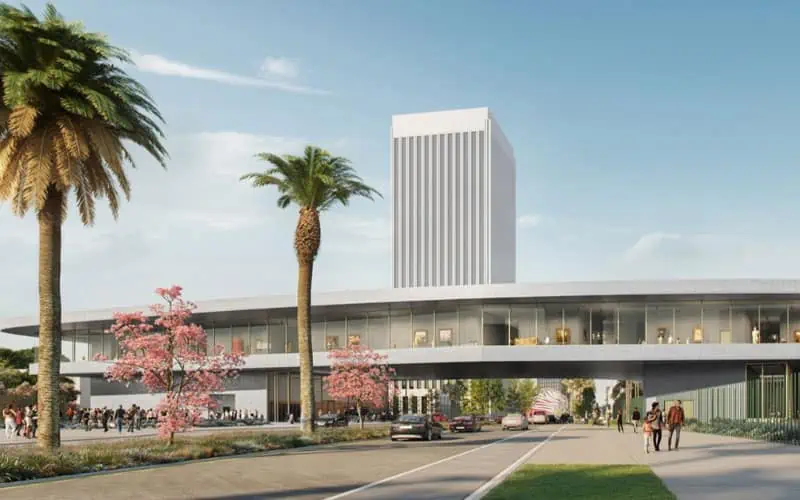
The Los Angeles County Museum of Art announced last week that the Building LACMA campaign has passed its fundraising goal of $750 million.
The campaign will fund construction of the David Geffen Galleries, the museum’s new home for its diverse, global, and historic collections, which is now more than 65 percent complete and spans Wilshire Boulevard.
The new building will be 347,500 sq. ft. and will replace about 393,000 sq. ft. of existing buildings. The project also includes:
- 3.5 acres of new public outdoor space (2.5 acres in Hancock Park and 1 acre on the Spaulding lot).
- 260 existing parking spaces on the Spaulding lot will be relocated to a new parking structure on Ogden Drive.
- Seamless integration of the new building with the existing park and remaining LACMA buildings.
- Replacement of inefficient, deteriorating buildings with new, environmentally sustainable structures, embracing state-of-the-art resource management and technology resulting in achieving LEED Gold certification.
- West Campus facilities (BCAM, Resnick Pavilion, and Pritzker Parking Garage) and the Pavilion for Japanese Art will remain.
Source: California Construction News
Know someone who needs a license or wants to become an RMO?
Earn $250 cash or $500 credit off your monthly RMO service for each referral that signs up with RMO Agency.
Click the link to refer your friends to our program.

Your Satisfaction Is Our Success!
Please contact us with any questions at:
Email hello@rmoagency.com
Call 800-818-4962.
Reviews




